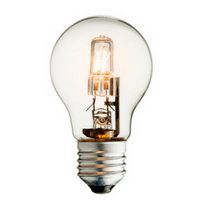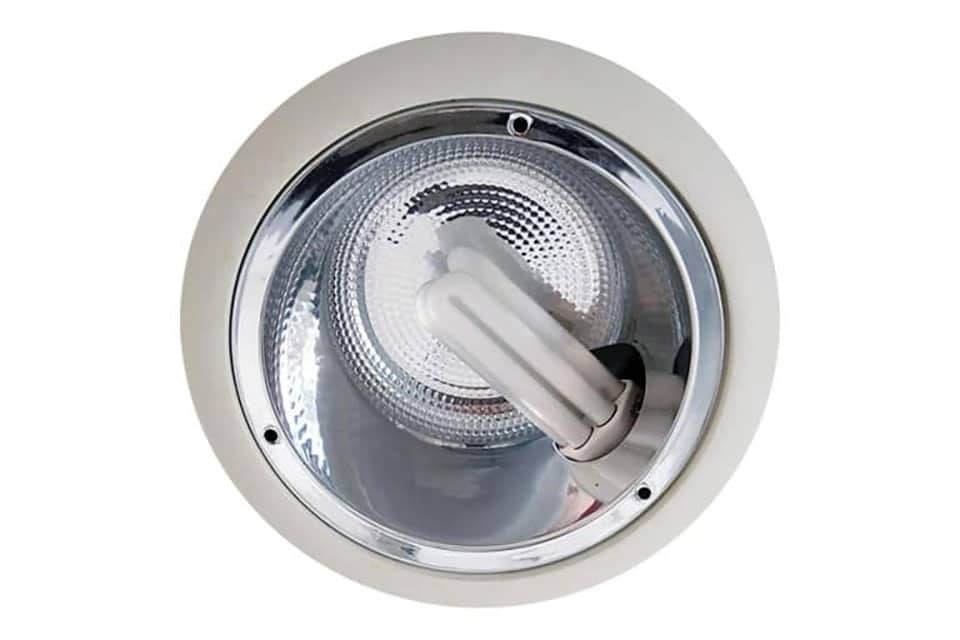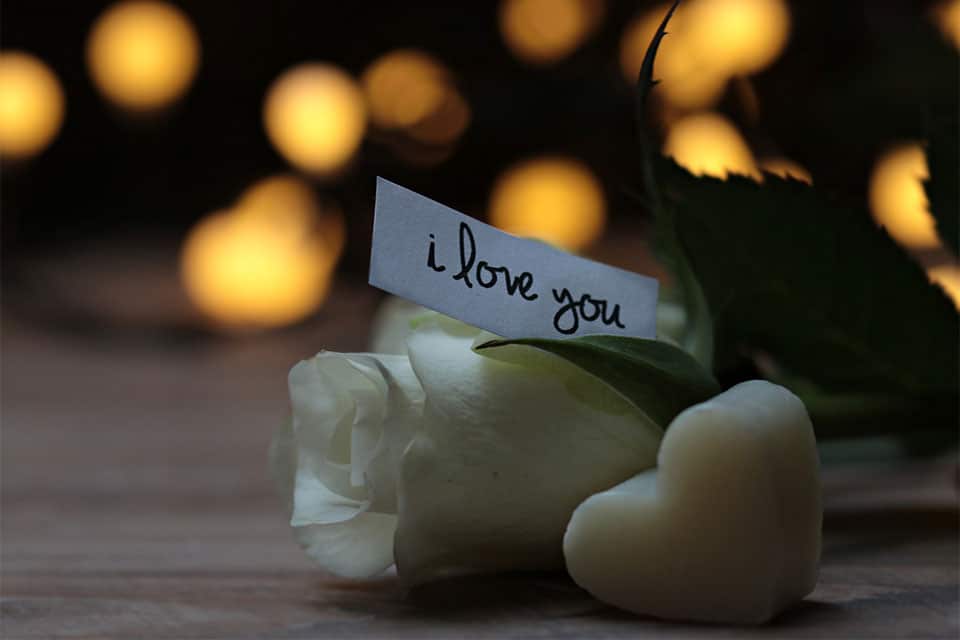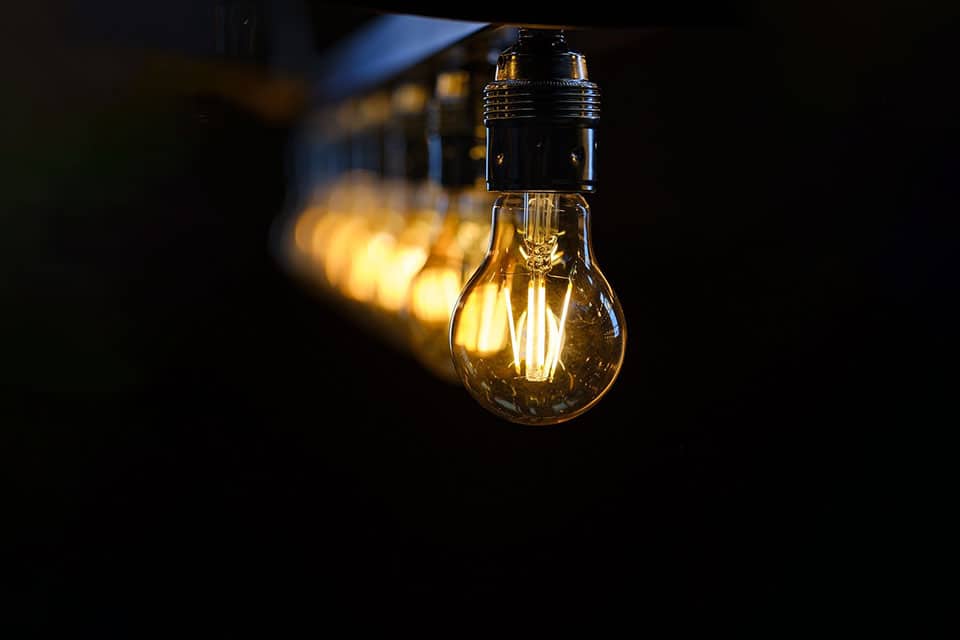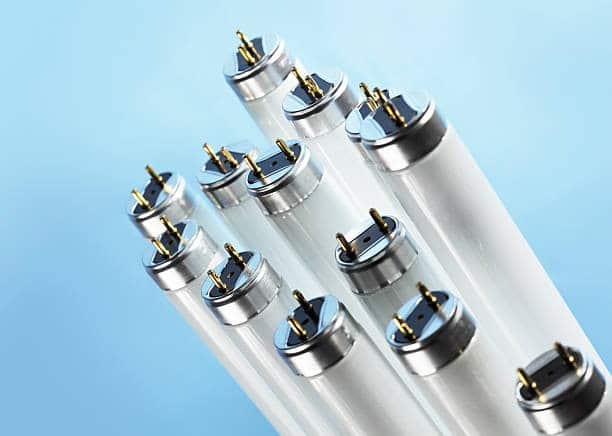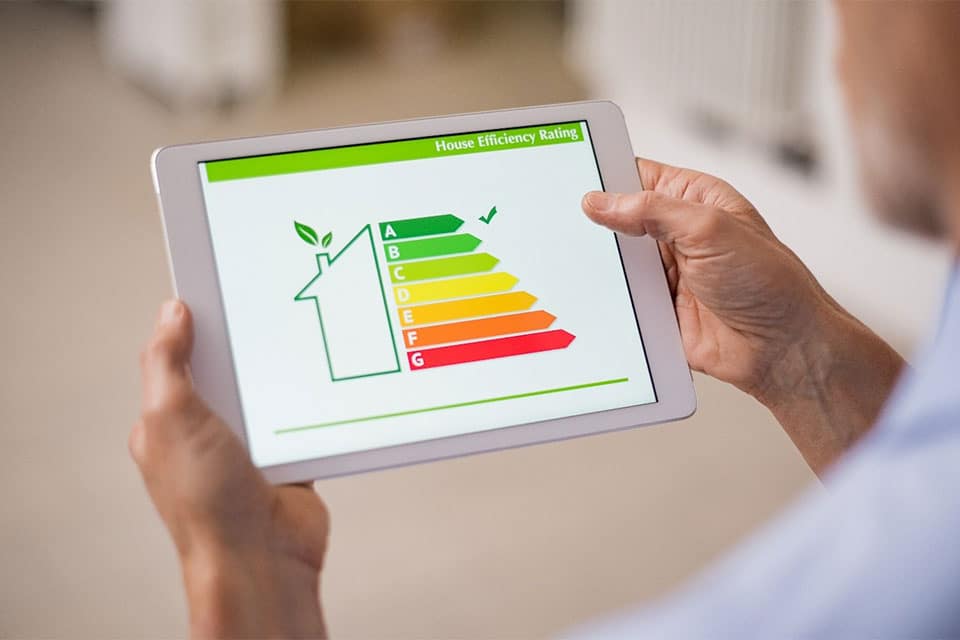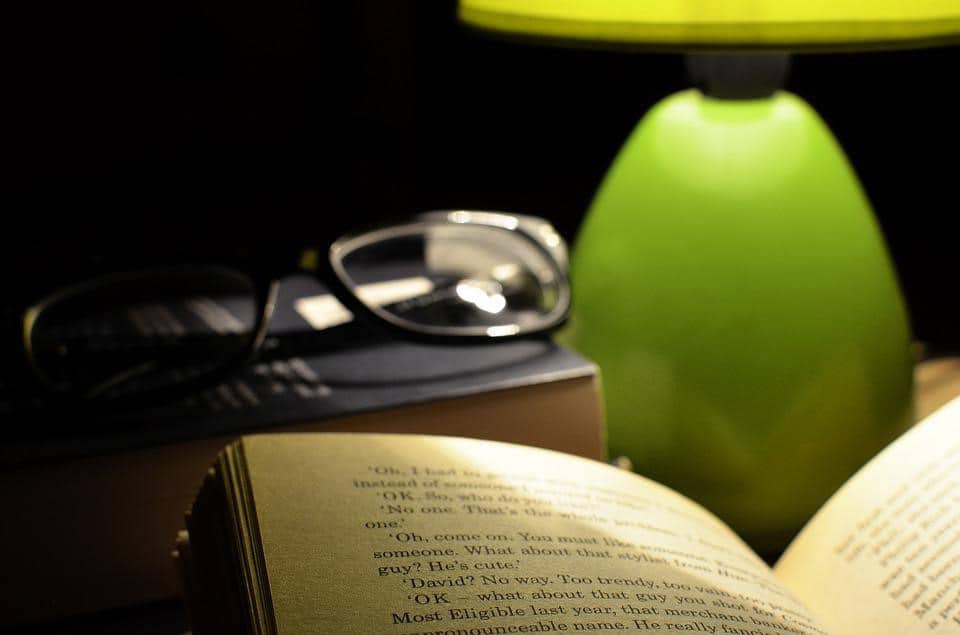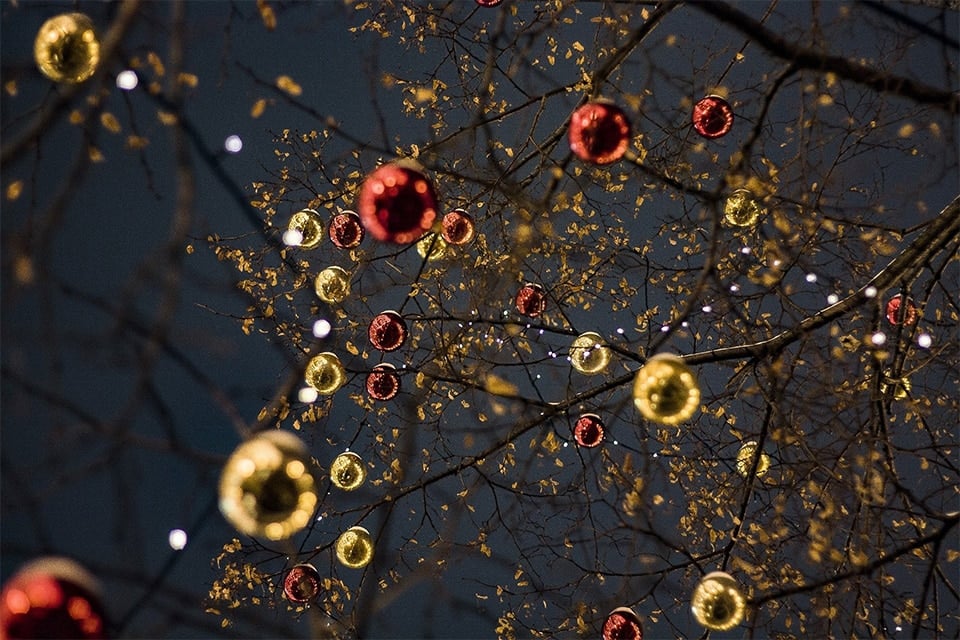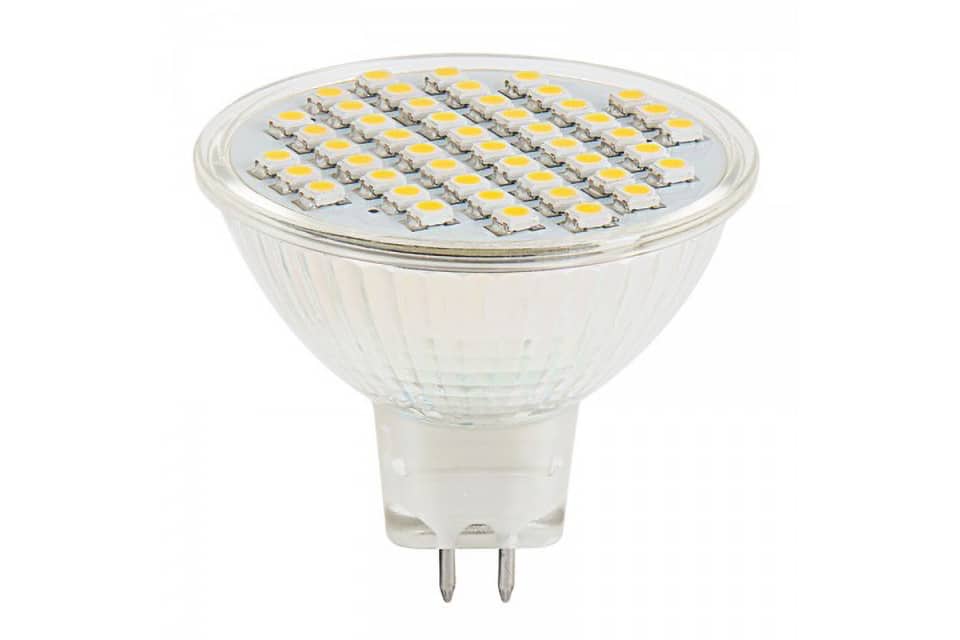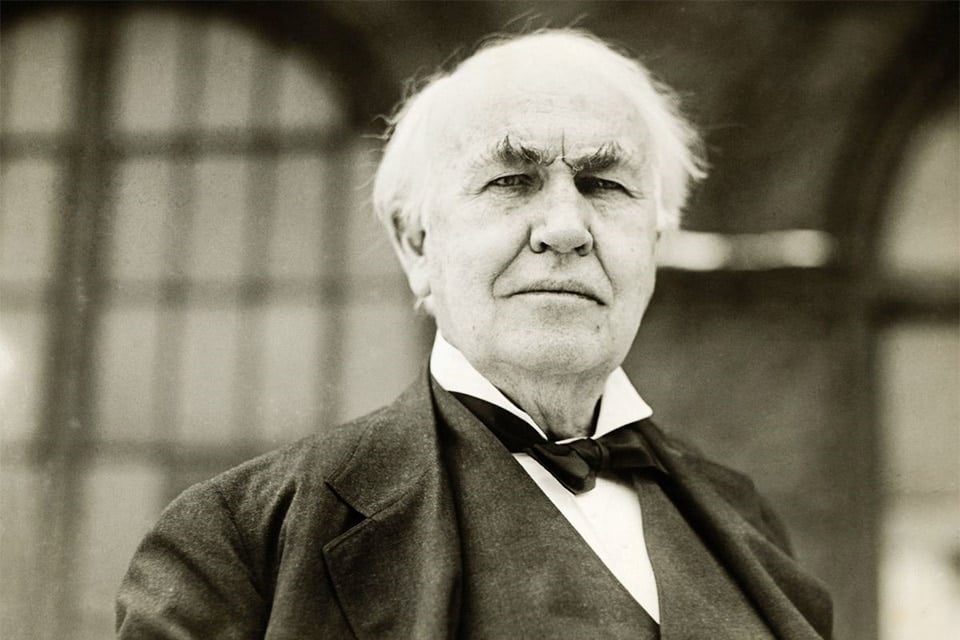The light bulb market has gone through enormous changes since traditional incandescent bulbs were removed from the market and replaced with energy-saving bulbs. If you are undecided as to what type of lamp to choose, keep reading! We’re here to help you choose the right light bulb based on your needs. Once you’ve narrowed down your choice of size, type, and brightness, use our handy bulb finder to find your ideal light bulb from our wide selection.
Let’s get started.
1. Determine what fitting or cap type you need
This is the most critical piece of information when selecting new bulbs – if you choose the wrong fitting or cap, your light bulb simply won’t fit. Despite that, choosing a light bulb with the wrong fitting or cap type is one of the most common and frustrating mistakes made when purchasing light bulbs.
Caps and bases are labelled using both letters and numbers. The letter indicates the type of base, while the number indicates the diameter of the base in millimetres (mm). There may also be a third letter to indicate whether there are one, two, or three pins.
Here are some of the most common cap and base types:
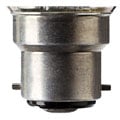
Bayonet
Bayonet bases are the most common base type in the UK. These bulbs are placed into a socket using a push and twist action, and are primarily used in incandescent and CFL bulbs.
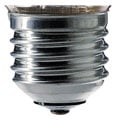
Screw
Screw bases are also known as “Edison” bases, which is why they are labelled using the letter “E”. These bases are available in a number of sizes.
In bulbs with screw bases, two wires connect the filament to the base, where electrical voltage connects with and powers the bulb.

Pins or Pegs
These bases feature two narrow pins or pegs.
The distance between the pins or pegs is measured in millimetres and is indicated in the base type code.
If you aren’t sure what fitting or cap type you need, check out our caps and bases guide. Don’t panic if you don’t see the size you need – several cap types come in different sizes. If you are in any doubt, please call our knowledgeable friendly customer service team on 01869 362222 who will be happy to help. Our bulb finder is also a very useful tool to check.
2. Decide if you want CFL, halogen, or LED
There are three main types of regular light bulbs: CFLs, halogens, or LEDs. For a detailed explanation of each of these bulbs and their pros and cons, read our individual guides and reviews of halogens, CFLs and LEDs.
Here is a summary of each type of bulb, including how much a typical 700+ lumen bulb might cost you per year if you have it on for around three hours a day.
CFL (Compact Fluorescent Lamp)
Annual running cost: £2.04
CFLs are cheap and widely available in a range of sizes and outputs. Some older CFLs were slow to brighten, but this has improved considerably in recent years. They are four times more efficient than incandescent bulbs and quickly pay for themselves in energy savings, but not everyone likes the light they emit.
READ CFL GUIDE FOR MORE INFORMATION
HALOGEN
Light from a halogen bulb is similar to an incandescent in colour and quality because both use a tungsten filament. There’s little difference between the two in the amount of energy used, but halogens are significantly more expensive to run than other energy savers. With an expected life span of less than two years, a halogen bulb is unlikely to pay for itself before it fails. Plus, they can emit a lot of heat.
LEDS (LIGHT EMITTING DIODES)
Annual running cost: £1.71
LEDs use almost 90% less energy than a traditional incandescent, making them the most energy-efficient type of lighting by far. LEDs, whilst initially more expensive to buy, can last up to 25 years. In the long term they are the cheapest option – an LED could save you more than £180 in energy use over its lifetime, compared with an old-style incandescent bulb. Not convinced about LEDs?
3. Consider brightness and colour
Ask yourself what type of light you would like. Your decision breaks down simply into brightness, otherwise known as watts and lumen output, and the colour of the light, measured in degrees Kelvin. What’s the difference between brightness and colour? Here’s a short explanation of each:
Brightness (watts versus lumens)
In the past when nearly everyone filled their homes with incandescent bulbs, brightness was measured in watts, which is actually a measure of power. Since the introduction of energy-saving bulbs, watts are a less useful measure of brightness because the new bulbs use significantly less power to produce the same amount of light. Instead, light output is now measured in lumens. The higher the lumens, the brighter the light.
Use this chart to see equivalent watt and lumen output for old-style incandescent and the three types of energy-saving bulbs (halogens, CFLs, and LEDs).
BRIGHTNESS | 220+ | 400+ | 700+ | 900+ | 1300+ |
Incandescent | 25 W | 40 W | 60 W | 75 W | 100 W |
Halogen | 18 W | 28 W | 42 W | 53 W | 70 W |
CFL | 6 W | 9 W | 12 W | 15 W | 20 W |
LED | 4 W | 6 W | 10 W | 13 W | 18 W |
As a rough guide, around 400 lumens is suitable for a bed-sized table lamp, whereas you might want between 1,500 and 3,000 lumens in total (from all the bulbs in the room combined) for a good-sized living room.
Now that you have decided on how bright you want your bulbs, you need to decide on the colour of the light.
Colour (Kelvin scale)
After purchasing a new bulb, people often experience a sinking feeling when they switch on their bulb only to be met with a stark white or blue-ish light that’s more like a trip to A&E than a warm cosy living room.
The colour of light is measured on the Kelvin scale, which is actually a measure of temperature. This is why light bulb manufacturers often refer to “colour temperature” on the packaging. The numbers you see on the side of the packaging denote the colour of light that the bulb will emit. Most people have become used to the warm yellowy light given out by the old incandescent bulb, which is 2,700 on the Kelvin scale. In comparison, midday sunlight is about 5,000k, sunset or sunrise lighting is around 2,500k, and a candle is around 1,600k.
The colour of light can impact everything from your mood to the colour of the vegetables on your chopping board, so it’s important to get the colour of light that you prefer. Use the reference below to match the Kelvin scale rating with the colour you’re after.

To complicate matters further, each bulb is given a CRI score. CRI stands for Colour Rendering Index, and is a measure of the ability of the light source to accurately represent different colours. Simply put, you want to make sure you get a bulb that makes your tomatoes look red, rather than a strange orangey colour.
Traditional incandescent and halogen bulbs are near perfect and score in the high 90s. LEDs and CFLs are a little behind this and are more likely to have a CRI value in the mid 80s. 80 is considered an acceptable level, although like many things this comes down to personal preference.
4. Find the best shape
Now that you know what fitting, colour, and brightness you require, you need to decide what shape of bulb you’d like.
If you are replacing a blown bulb, you can simply replace like for like. If you have a new fixture or are upgrading to LEDs, which are available in many different shapes, you may need to select a different bulb shape. Each of the different shapes provides a slightly different spread and angle of light, from the almost 360 degree spread of a GLS, globe, or golf bulb, to the narrow beam of a spotlight. Generally speaking, the shape you choose can be based on your personal preference and what looks best in your fixture.
Here is a brief breakdown of the most common bulb shapes:
Candle | GLS/Standard |
||
|---|---|---|---|
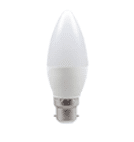 | Features & Uses
| 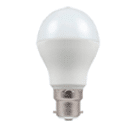 | Features & Uses
|
Golfball | GU10/PAR16 |
||
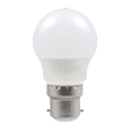 | Features & Uses
| 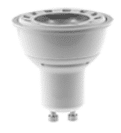 | Features & Uses
|
Reflector | Capsule |
||
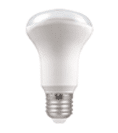 | Features & Uses
| 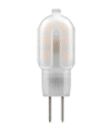 | Features & Uses
|
Striplight | Tube |
||
 | Features & Uses
| 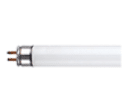 | Features & Uses
|
Dichroic | Globe |
||
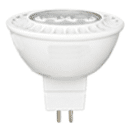 | Features & Uses
| 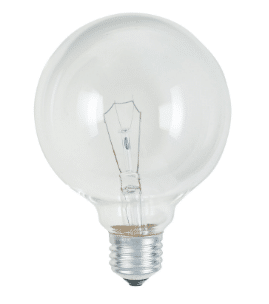 | Features & Uses
|
The “right” shape of the bulb and spread of the light depends on your personal preference, but remember to consider how the bulbs will look when they are switched off as well as on. Also, consider whether they will fit logically in their chosen fitting – you don’t want a large stick shaped bulb if it will protrude from the top of your bedside lamp!
5. Try Our Bulb Finder
Armed with all the information you need and having made the key decisions as to what type of bulb you require, you may find our Bulb Finder tool helpful in locating the choice of bulbs to match.
Should you need any more technical or additional information about the light bulbs you are looking for then please contact our friendly, knowledgeable Customer Service team on 01869 362222.





















































































